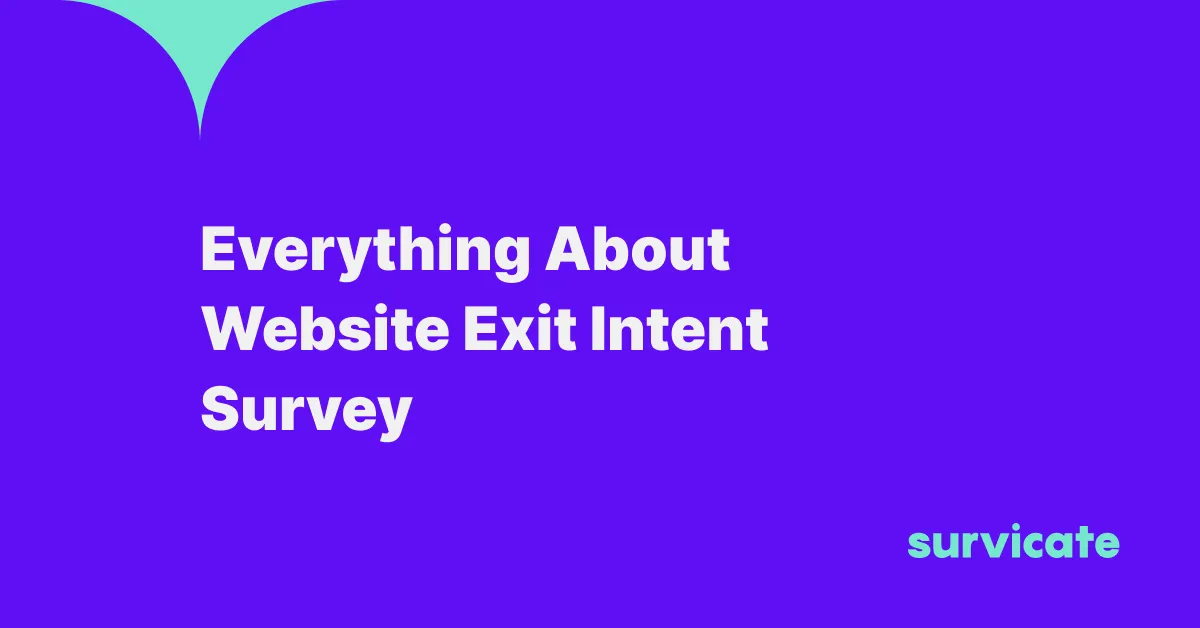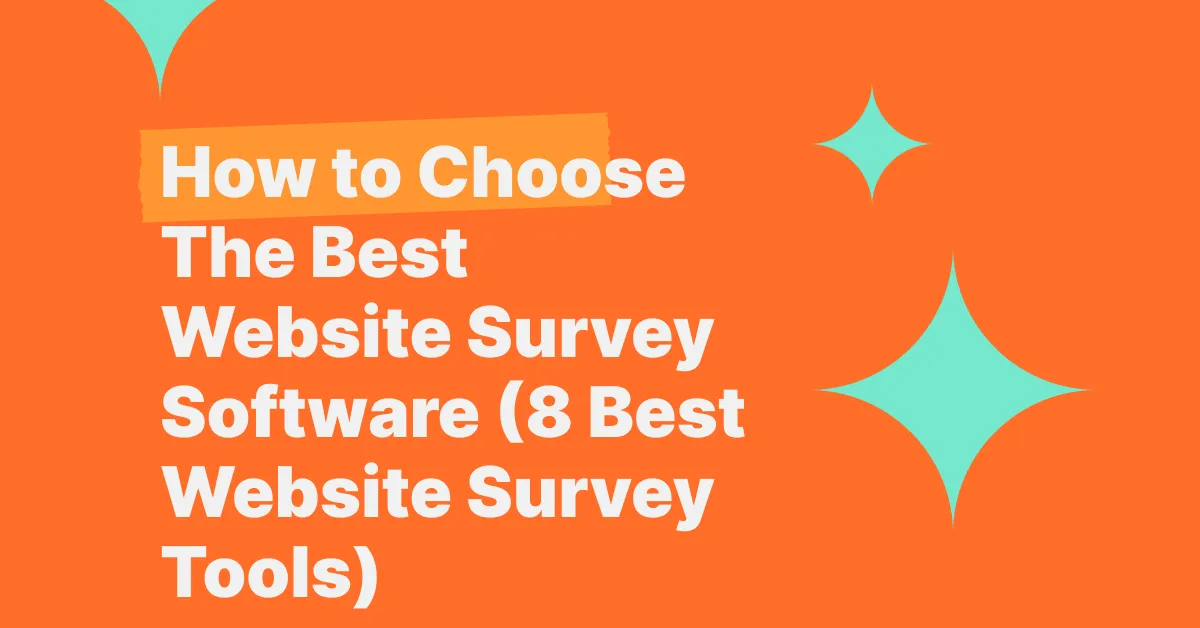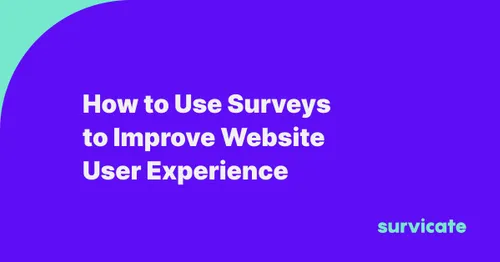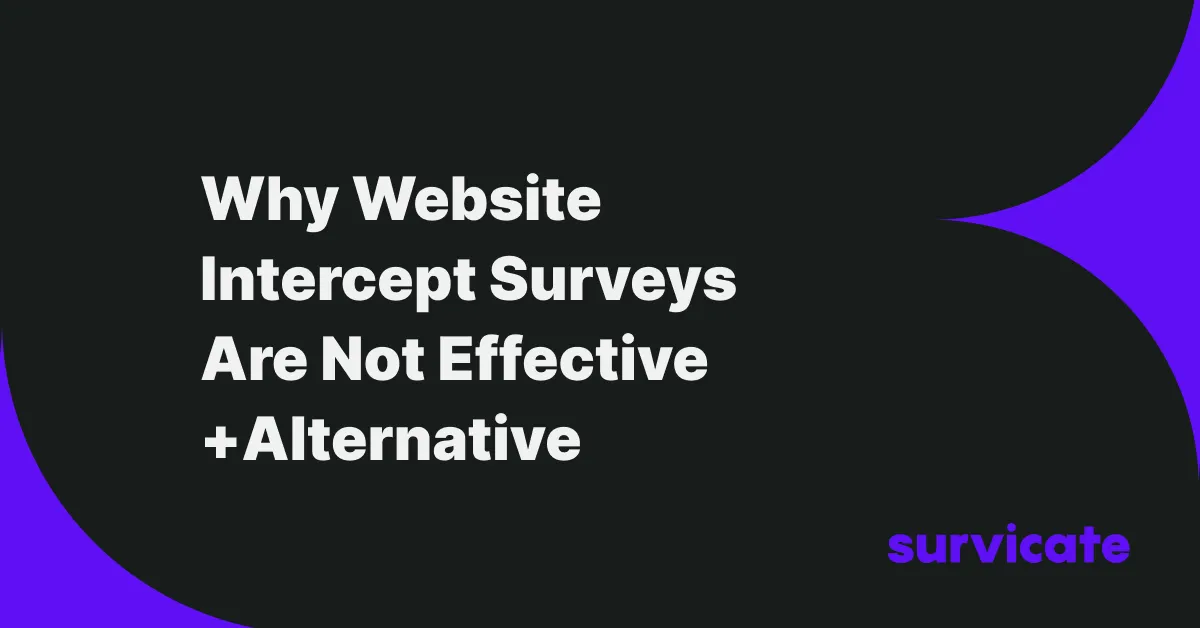Landing page more than just a part of your website—it's a critical tool that can dramatically increase your conversion rates when optimized correctly. But why is landing page optimization so crucial, and what can you do to leverage it?
In this blog post, we're going to explore the ins and outs of fine-tuning your landing pages to maximize conversions. We'll uncover why paying attention to this detail is vital and provide you with actionable best practices to transform visitors into leads and customers. Get ready to make every click count and take your landing pages from good to great!

What is Landing Page Optimization?
Landing page optimization is like giving your online doorstep a makeover so that visitors feel welcome and find exactly what they're looking for without any hassle. It's about making sure that when someone clicks on your ad or link, the page they land on is clear, attractive, and super easy to use.
Optimization is the process of tweaking the page—improving the design, the words, the layout, and the overall user experience—to increase the chances that your visitors will take the action you want. You can do this using a variety of tools, including surveys such as the one below:
It involves testing different versions of your page, for instance by using A/B testing tools, analyzing visitor behavior with visitor tracking tools, and making sure the page loads quickly and looks good on all devices.
By doing this, you're not just throwing open your digital doors and hoping for the best; you're guiding your visitors through a well-thought-out journey that's satisfying for them and beneficial for your business. It's a win-win!
What Are the Benefits of Optimizing Your Landing Page?
Optimizing your landing page is like tuning up a car to get the best performance. Here's what you get when you tweak that landing page just right.
Higher Conversion Rates
This is the big one. A well-optimized landing page turns more visitors into customers, subscribers, or leads. It's like having a top-notch salesperson who knows exactly what to say to seal the deal.
Lower Acquisition Costs
If you're paying for traffic through ads, you want to make every click count. A more effective landing page means you're getting more bang for your buck.
Improved User Experience
A landing page that's easy to navigate and provides the right information makes for happy visitors. Happy visitors are more likely to stick around and take action.
Increased Trust and Credibility
Trust is key online. A well-designed landing page that looks the part and is consistent with your branding builds trust. Trust leads to customer loyalty and repeat business.
Lower Bounce Rates
When visitors land on a page that's relevant and engaging, they're less likely to hit the back button right away. Keeping visitors on your page longer can also improve your search engine rankings.
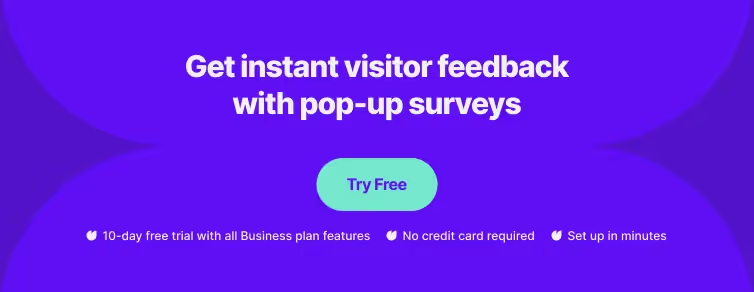
When to Use a Landing Page
Here are some reasons you should consider using a landing page.
Product or Service Launches
When you're rolling out a new product or service, a landing page can serve as the spotlight, highlighting features, benefits, and special offers. It’s the stage where your new star can shine without other products or services stealing the show.
Lead Generation
If you're looking to build your email list or gather information about potential customers, a landing page with a compelling offer—like a free ebook, webinar, or trial subscription—can be the honey that attracts the bees. It's a trade: their contact info for your valuable content.
Advertising Campaigns
Running online ads? You'll need a landing page that matches the promise of the ad. If someone clicks on an ad for a specific product, deal, or event, they expect to see exactly that, not be dropped on the homepage to fend for themselves.
Event Registration
Whether it's a conference, workshop, or webinar, a landing page can serve as a one-stop-shop for everything an attendee needs to know. They can get the scoop, get excited, and get signed up all in one place.
Market Segmentation
If you have different audiences that require tailored messaging, landing pages can cater to each segment. You can create multiple landing pages, each one speaking directly to the interests and needs of a different demographic.
Feedback and Surveys
Want to know what your customers think? A landing page with a survey or feedback form can collect insights directly from the people who matter most. It’s a focused way to gather data without the clutter of a full website.
One of the most popular surveys run on websites is the Net Promoter Score:
5 Landing Page Optimization Best Practices to Improve Conversion Rates
1. Craft a Compelling Headline
Your headline is the first thing visitors see, and it can make or break their decision to stay on the page. It should be clear, concise, and powerful enough to grab attention.
The headline must convey the value of what you're offering in a way that resonates with your target audience. Use language that speaks to their desires, needs, or problems, and make sure it aligns with the message that brought them to the page in the first place, such as the ad or email link they clicked on.
A/B testing different headlines can help you find the one that works best and significantly improve your conversion rates.
2. Simplify the Design
A cluttered landing page is confusing and off-putting. Keep the design clean and focused, with plenty of white space to make important elements stand out. Use a visual hierarchy to guide visitors through the page, with the most critical information or call-to-action (CTA) taking center stage.
Visual cues like arrows or images of people looking towards the CTA can subtly direct attention where you want it.
Additionally, ensure that the color scheme, fonts, and imagery are consistent with your brand and the mood you want to set. A well-organized, visually appealing landing page can make the user experience seamless and encourage conversions.
3. Optimize Your Call-to-Action (CTA)
The CTA is the climax of your landing page—it's where you ask visitors to take the next step. It should be impossible to miss and compelling enough to click.
Use action-oriented language that creates a sense of urgency or benefit, like "Get Started," "Join Free for a Month," or "Download My Copy Now."
Make the CTA button color pop against the background, and consider its size and placement carefully. It should be placed prominently, and if your landing page is long, you might want multiple CTAs—above the fold, at the end of the main content, and even floating persistently on the page as the user scrolls.
4. Use Social Proof and Trust Signals
People look to others when making decisions, so including elements of social proof like testimonials, customer logos, or trust badges can significantly increase conversions.
Testimonials should be authentic and relatable, featuring real stories or quotes from satisfied customers. Adding a face to the name with a photo can increase trust even more. Trust badges, such as security seals or accreditations, reassure visitors that it's safe to enter their personal information or make a purchase.
Displaying press mentions or awards can also boost credibility. All these elements work together to reduce anxiety and build trust with potential customers.
5. Test and Analyze Continuously
Landing page optimization is not a one-time task—it's an ongoing process. Use tools like Google Analytics and heat mapping to understand how visitors interact with your page. Look at metrics like time on page, bounce rate, and conversion rate to gauge performance.
Conduct A/B tests on different elements, such as headlines, CTAs, images, and forms, to see what changes lead to better results.
Even small tweaks can have a significant impact on conversions. Regular analysis and testing allow you to refine your landing page continually and ensure it's always performing at its best. Remember, there's always room for improvement, so never stop optimizing.
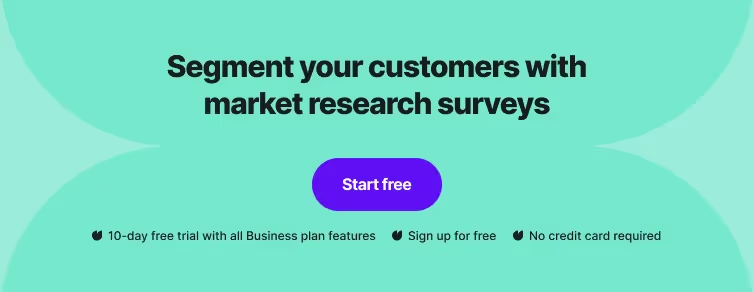
Why Is My Landing Page Not Converting Leads?
If your landing page isn't converting leads, it could be due to a variety of factors that are impacting its effectiveness.
Your landing page must clearly articulate the value of your offer. If visitors don't understand what's in it for them or why they should care, they won't convert. Make sure your headline, subheadings, and bullet points concisely highlight the benefits of your product or service.
A landing page with a confusing layout, slow load times, non-responsive design, or poor visual hierarchy can turn visitors away. Your page needs to be visually appealing and easy to navigate on all devices. If users can't find what they're looking for quickly, they'll leave.
If your CTA is vague, non-existent, or doesn't stand out, visitors might not know what to do next. Your CTA should be bold, clear, and compelling, prompting visitors to take action immediately. Use contrasting colors and persuasive language to make it pop.
What’s more, the message on your landing page should match the content of the ad or link that brought the visitor there. If there's a disconnect between what was promised and what's delivered, visitors will feel misled and bounce.
Moreover, with the increasing use of mobile devices to access the internet, your landing page must be optimized for mobile. A non-responsive design can frustrate mobile users and lead to a high bounce rate.
By addressing these issues, you can start to diagnose why your landing page isn't converting and take steps to optimize it for better performance.
How Surveys Can Help You Optimize Your Landing Page
Surveys can be a powerful asset for landing page optimization by providing direct insights from your audience.
By embedding surveys on your landing page, you can ask visitors about their experience. This feedback can reveal why they're not taking the desired action, such as if they find the navigation confusing or the content unclear.
If you have assumptions about why your landing page isn't performing well, use surveys to test those hypotheses. Ask visitors directly to validate your ideas, which can be more efficient than guessing and making unnecessary changes.
Surveys can also allow you to segment survey responses. By analyzing the feedback from different user groups, you can tailor your landing page to better suit each segment, potentially increasing conversions across the board.
Optimize Your Landing Page with Survicate Surveys
Using Survicate surveys to collect qualitative data complements the quantitative data from analytics tools, giving you a well-rounded view of how your landing page is performing and what you can do to improve it.
To get started, simply sign up for the free trial and enjoy 10 days of access to the Business Plan and up to 25 survey respones.








